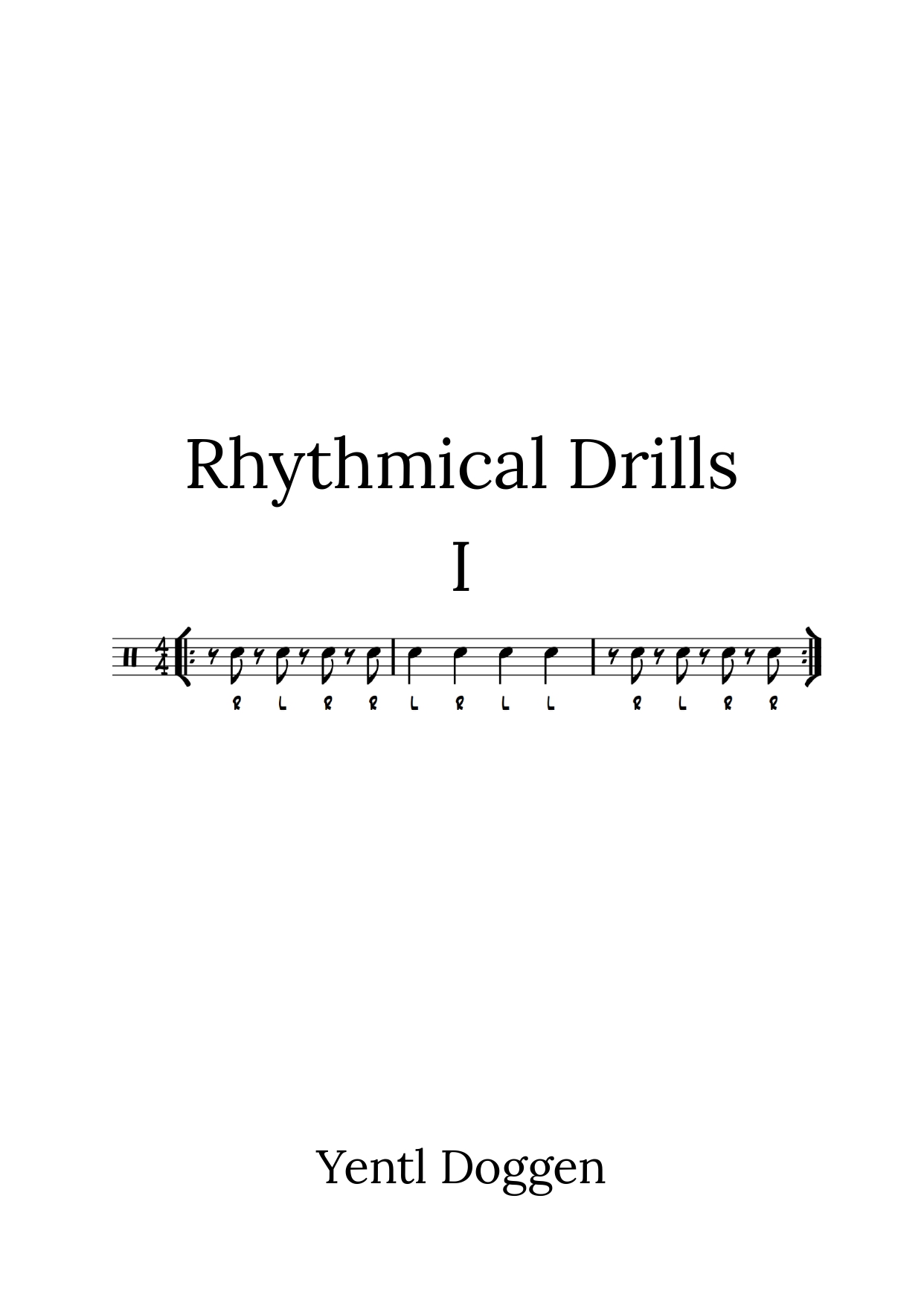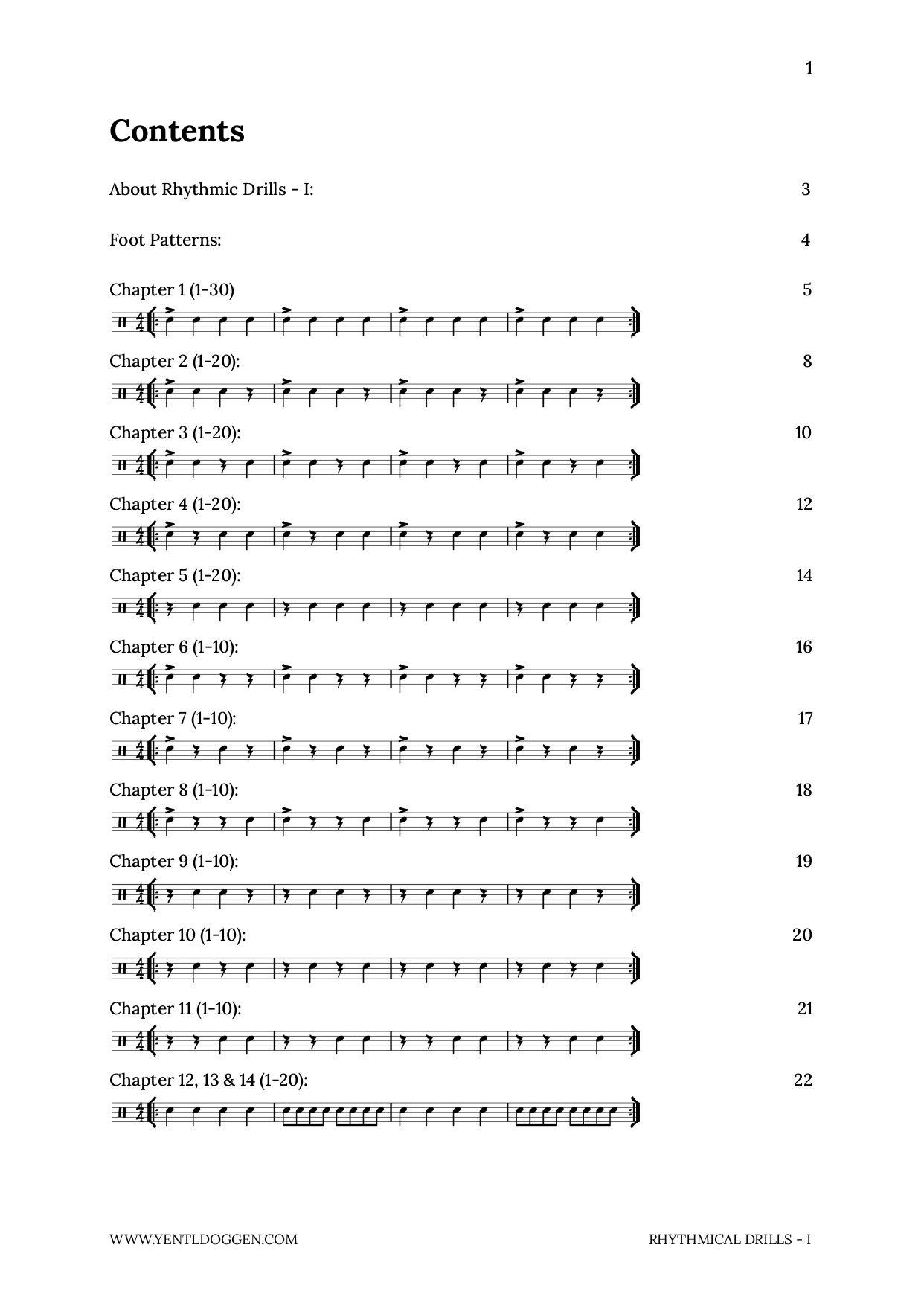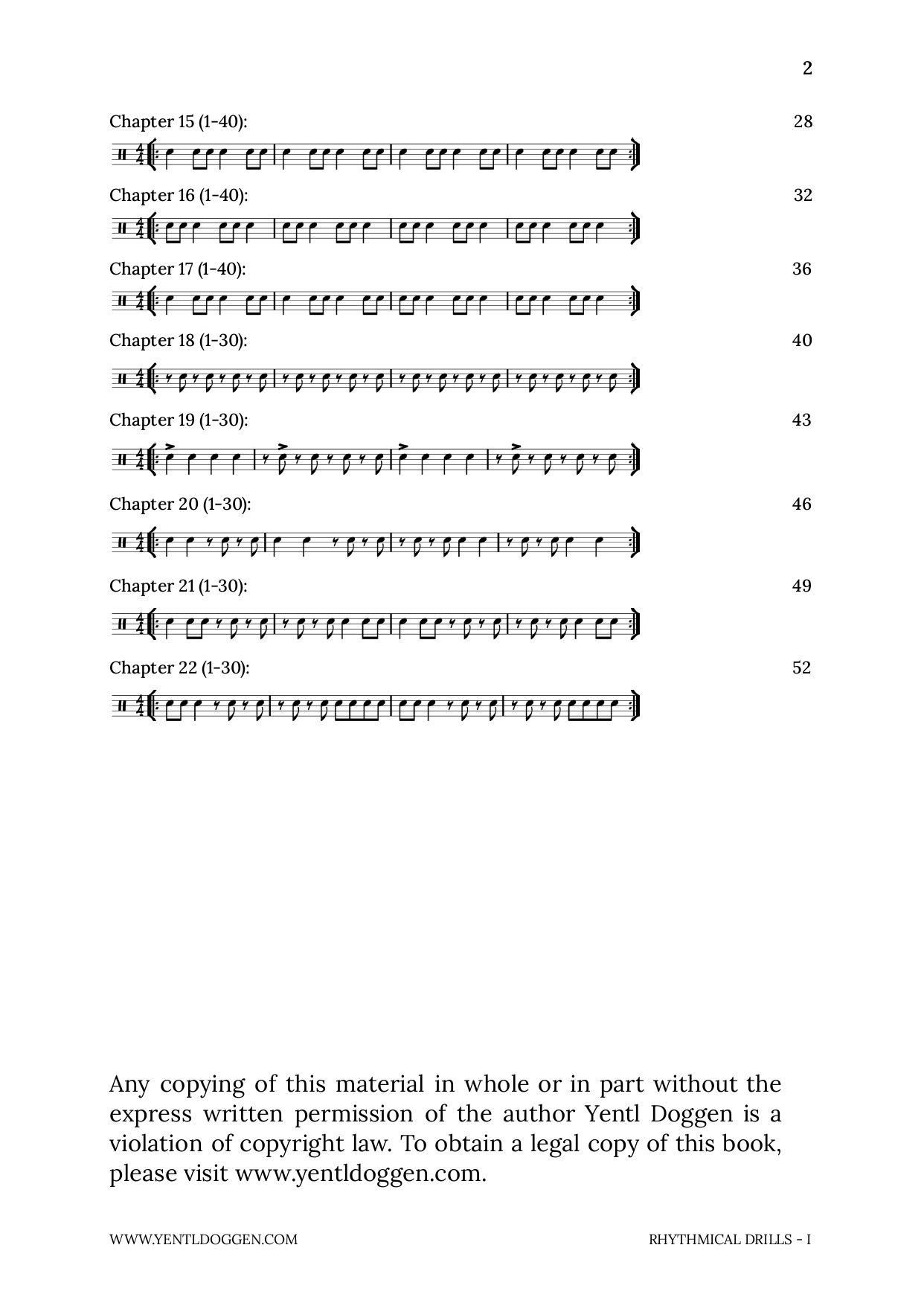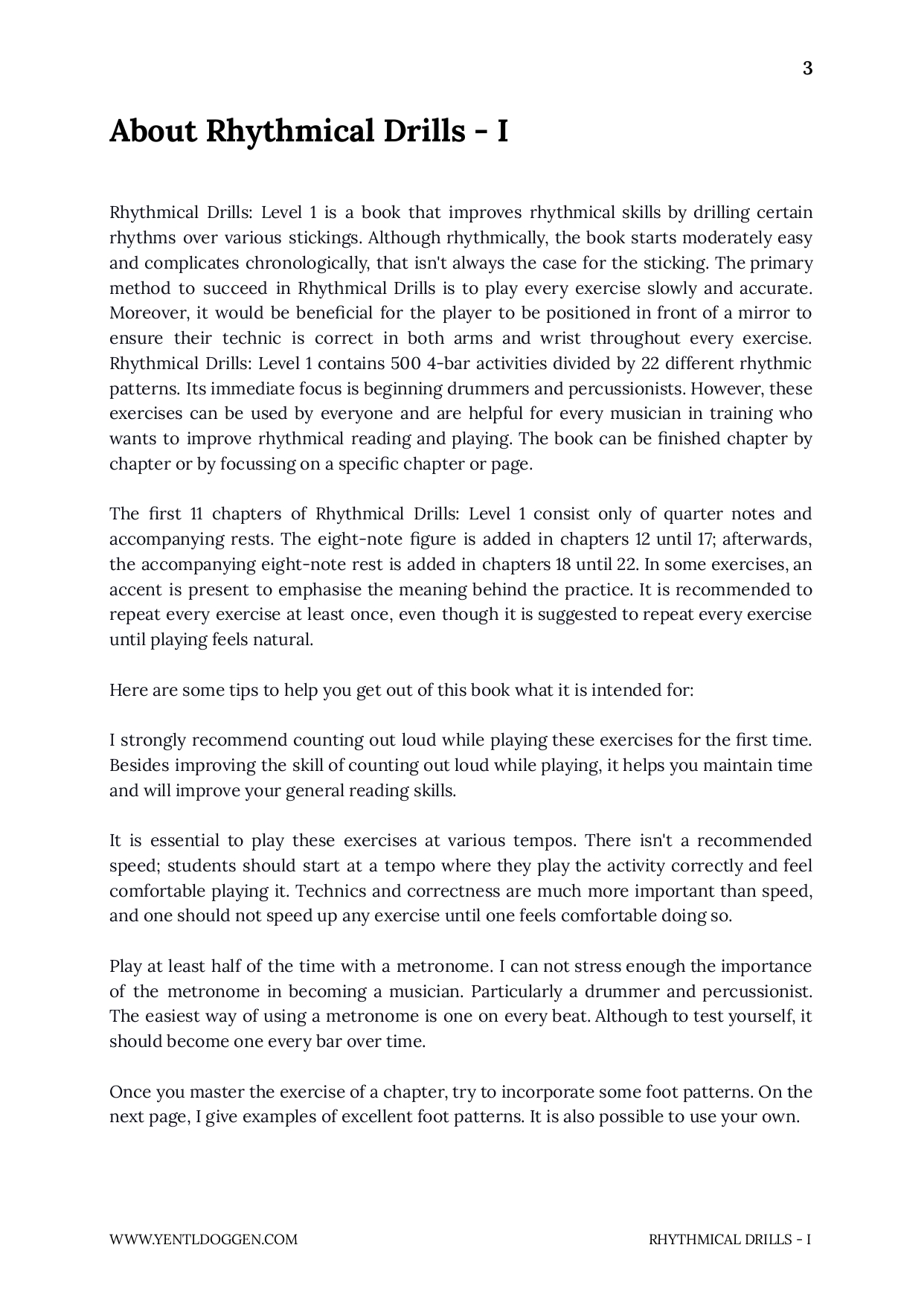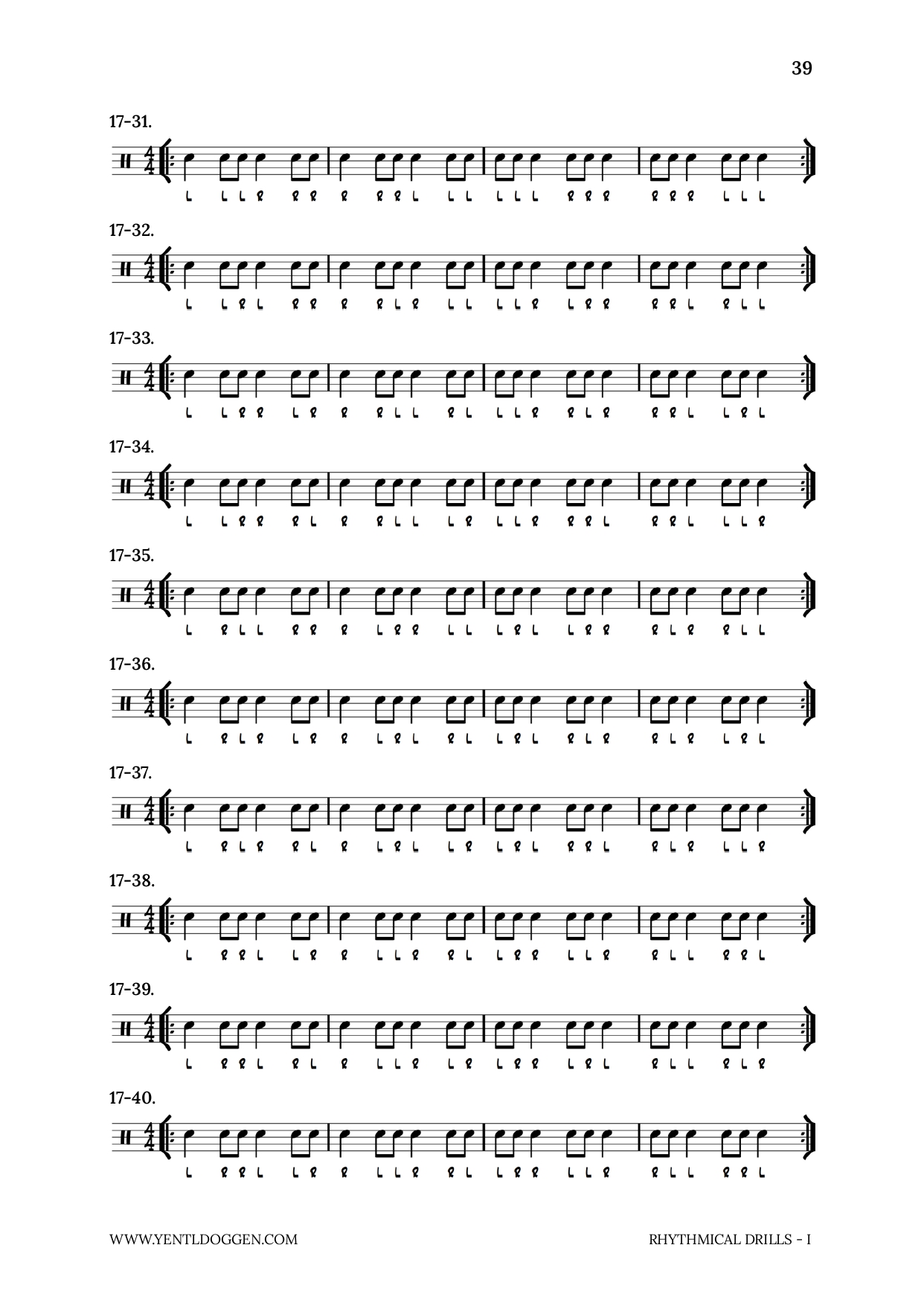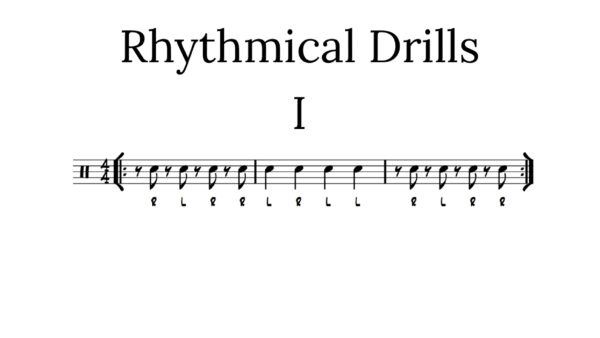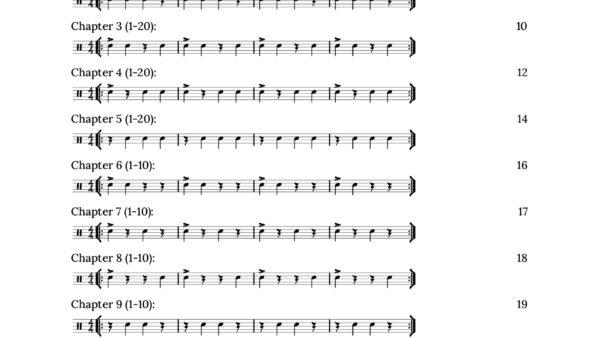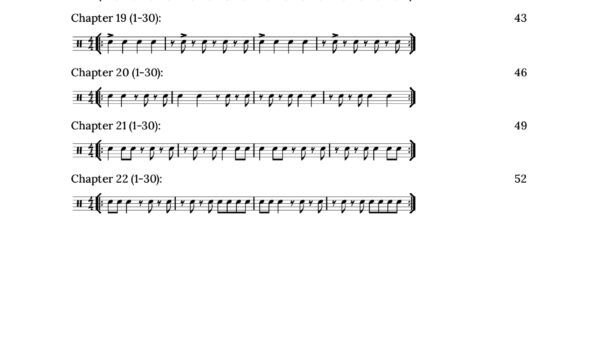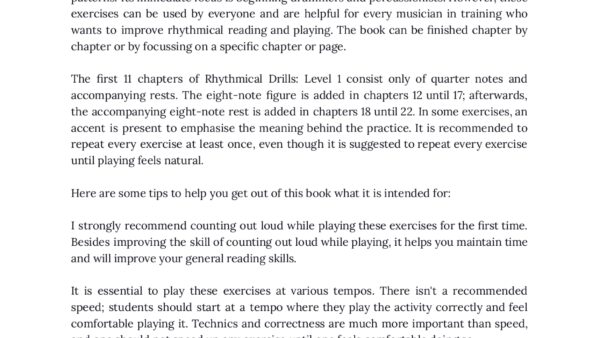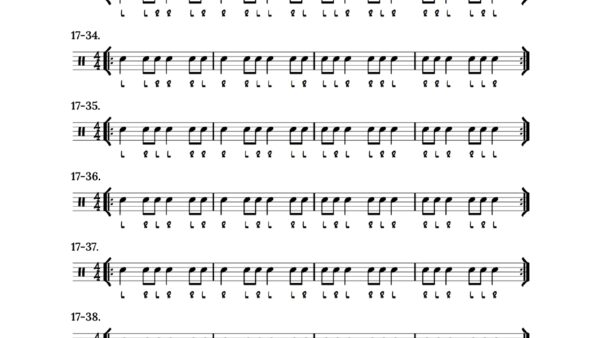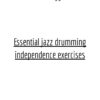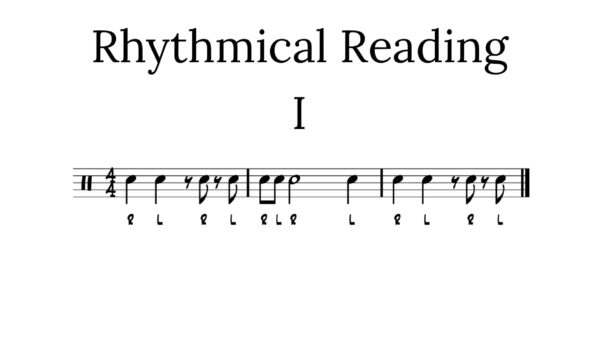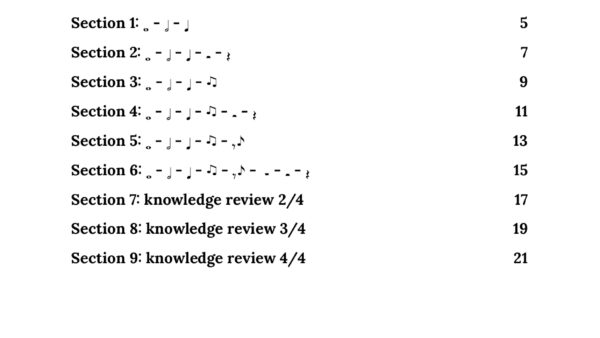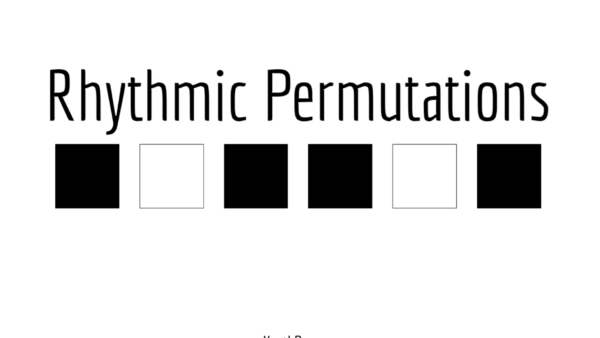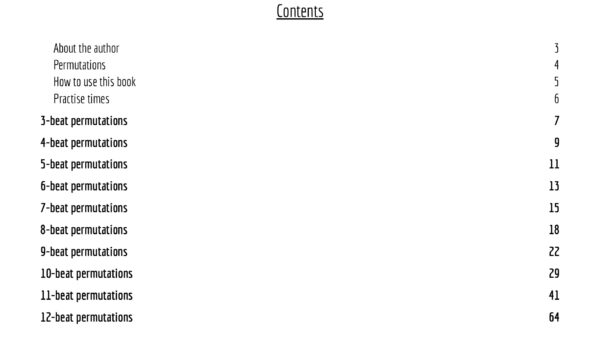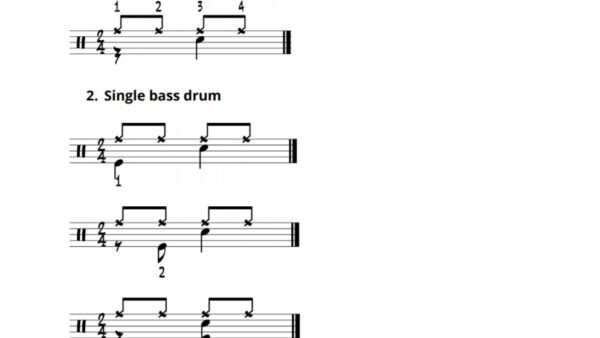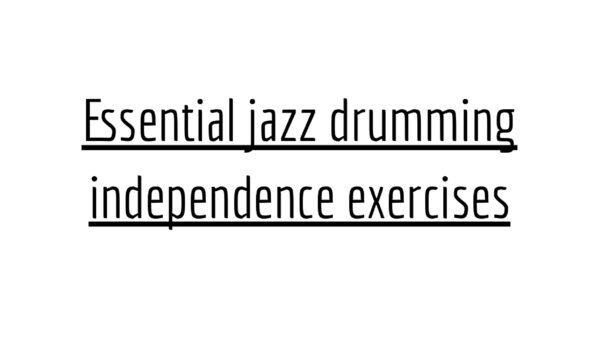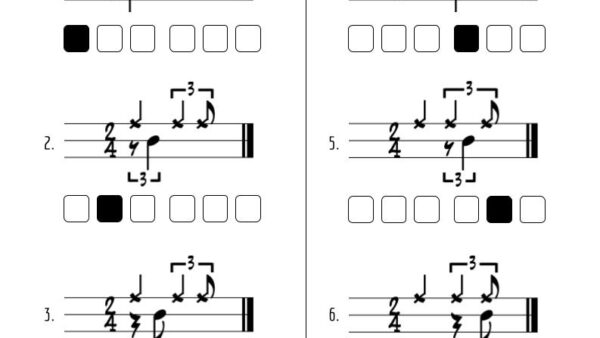Rhythmical Drills: level 1 – eBook | PDF Download
€5,00
-> High-definition digital download (PDF).
Upon ordering, you get two (2) downloads valid for 365 days.
Rhythmical Drills: Level 1
Rhythmical Drills: Level 1 is a book that improves rhythmical skills by drilling certain rhythms over various stickings. Although rhythmically, the book starts moderately easy and complicates chronologically, that isn’t always the case for the sticking. The primary method to succeed in Rhythmical Drills is to play every exercise slowly and accurate. Moreover, it would be beneficial for the player to be positioned in front of a mirror to ensure their technic is correct in both arms and wrist throughout every exercise. Rhythmical Drills: Level 1 contains 500 4-bar activities divided by 22 different rhythmic patterns. Its immediate focus is beginning drummers and percussionists. However, these exercises can be used by everyone and are helpful for every musician in training who wants to improve rhythmical reading and playing. The book can be finished chapter by chapter or by focussing on a specific chapter or page.
The first 11 chapters of Rhythmical Drills: Level 1 consist only of quarter notes and accompanying rests. The eight-note figure is added in chapters 12 until 17; afterwards, the accompanying eight-note rest is added in chapters 18 until 22. In some exercises, an accent is present to emphasise the meaning behind the practice. It is recommended to repeat every exercise at least once, even though it is suggested to repeat every exercise until playing feels natural.
How to use this book?
Here are some tips to help you get out of this book what it is intended for:
I strongly recommend counting out loud while playing these exercises for the first time. Besides improving the skill of counting out loud while playing, it helps you maintain time and will improve your general reading skills.
It is essential to play these exercises at various tempos. There isn’t a recommended speed; students should start at a tempo where they play the activity correctly and feel comfortable playing it. Technics and correctness are much more important than speed, and one should not speed up any exercise until one feels comfortable doing so.
Play at least half of the time with a metronome. I can not stress enough the importance of the metronome in becoming a musician. Particularly a drummer and percussionist. The easiest way of using a metronome is one on every beat. Although to test yourself, it should become one every bar over time.
Once you master the exercise of a chapter, try to incorporate some foot patterns. On the next page, I give examples of excellent foot patterns. It is also possible to use your own.


